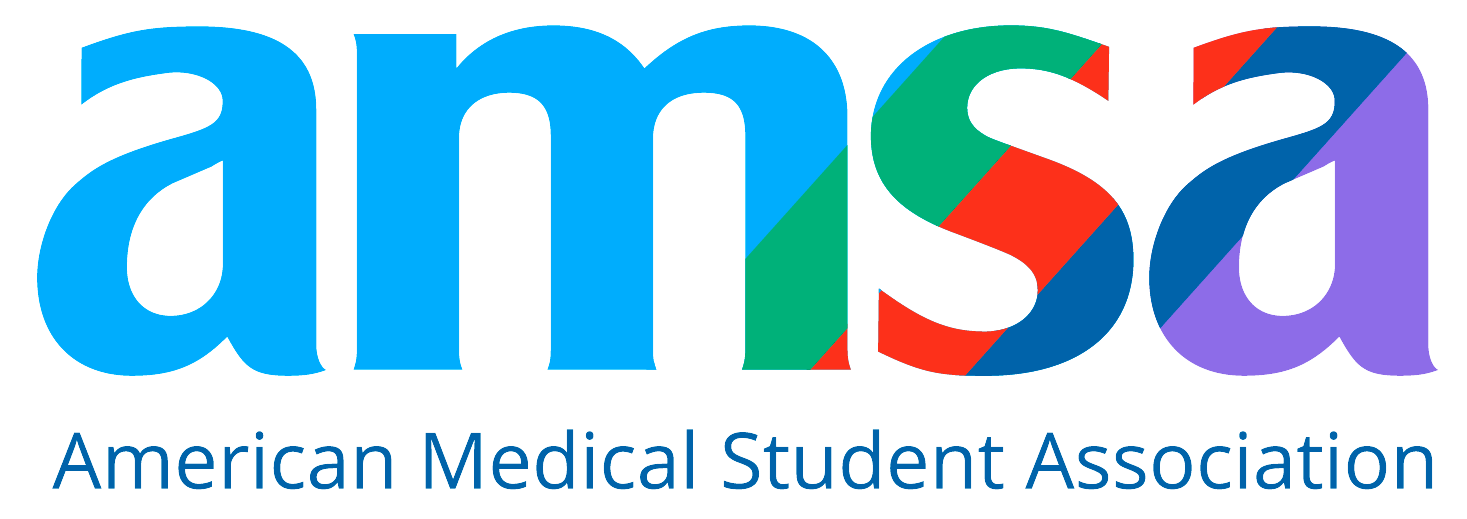How to Become a Military Doctor: Training, Admissions, and Career Pathways
Go-Elective Abroad
How to Become a Military Doctor: Training, Admissions, and Career Pathways
Pursuing medicine in the military allows you to combine two callings, serving your country and practicing as a physician. Military doctors play a critical role in treating service members, supporting humanitarian missions, and often working in some of the most demanding conditions in healthcare.
Unlike the traditional image of a doctor in a white coat and clinic, military physicians are often found in fatigues, operating in field hospitals, or providing urgent care in high-stress environments. The path to becoming a military doctor has its challenges, but it can also be deeply rewarding both professionally and personally.
Looking for a clinical or volunteering internship in Africa? Inquire here.
Pathways to Becoming a Military Doctor: USUHS vs. HPSP
If you are interested in combining medical school with military service, there are two main options in the United States:
The Uniformed Services University of the Health Sciences (USUHS)
Often called “America’s medical school for uniformed physicians,” USUHS prepares students specifically for military medicine. Students are commissioned officers while studying, receiving military training alongside medical education.
Key benefits include:
- No tuition fees (plus waived book and equipment costs).
- Free healthcare for students and dependents.
- Salary and allowances (housing and subsistence pay).
- Extensive military training integrated into the curriculum.
However, graduates commit to seven years of active duty service after completing residency—a longer obligation than other routes.
Health Professions Scholarship Program (HPSP)
The HPSP offers two-, three-, or four-year scholarships that cover medical school tuition at accredited institutions across the U.S., Canada, or Puerto Rico.
Key benefits include:
- Tuition fully covered at your chosen school.
- Monthly stipend (around $2,000).
- Medical and dental insurance during training.
- Signing bonus for some four-year recipients.
This option comes with a minimum service commitment equal to the number of scholarship years (two years or more). While HPSP provides flexibility in choosing a school, it does not include the same military-specific training that USUHS offers.
Admissions Requirements for Military Medicine
Though exact criteria vary, both USUHS and HPSP applicants generally need:
- A completed Bachelor’s degree (with science prerequisites).
- Competitive GPA and MCAT scores.
- Strong physical health to handle military demands.
- Ability to pass security clearance and background checks.
- Letters of recommendation, including clinical references.
Age limits apply, though exceptions can be granted through waivers for qualified candidates.
The Application Process: USUHS
- Complete your undergraduate degree with required courses (biology, chemistry, physics, calculus/statistics, and writing-intensive humanities or social sciences).
- Maintain a competitive GPA (3.7 average for admitted students).
- Prepare for and take the MCAT (minimum 496; competitive scores around 511).
- Apply via AMCAS between June and November.
- Submit supplemental essays, transcripts, and recommendation letters.
- Interview and service selection (Army, Navy, Air Force, or Public Health Service).
The Application Process: HPSP
- Complete a Bachelor’s degree with science prerequisites.
- Achieve a competitive GPA (3.6+) and MCAT score (506+).
- Contact a military recruiter for your branch of interest.
- Submit your application, including recommendation letters.
- Undergo a physical exam and preliminary interview.
- Await selection—scholarships are highly competitive, with only about 300 students chosen per branch annually.
Life and Career as a Military Doctor
Military physicians may serve in hospitals, clinics, or combat zones. Responsibilities include:
- Treating service members and their families.
- Providing trauma care in field hospitals.
- Supporting disaster relief and humanitarian missions worldwide.
- Pursuing specialized training (including surgery, emergency medicine, or global health).
This path requires resilience, adaptability, and commitment. While physically and mentally demanding, it also offers unparalleled experiences opportunities to practice medicine globally, work under pressure, and lead in service to others.
How Long Does It Take to Become a Military Doctor?
On average, the process requires 8–14 years:
- 3–4 years for a Bachelor’s degree.
- 4 years for medical school.
- 1–6 years of residency depending on specialty.
- Military service commitment after training.
Connecting Global Health Internships to Military Medicine
Before pursuing military medicine, many students strengthen their applications with clinical experience in diverse environments. Programs like Go Elective’s pre-med and medical internships abroad in Kenya and Tanzania expose students to resource-limited settings, cross-cultural medicine, and high-pressure clinical learning—experiences that parallel the adaptability needed for military medicine.
Final Thoughts
Becoming a military doctor is not an easy path. It demands years of training, academic excellence, and a deep commitment to serve. Yet, for those who choose it, the career offers unmatched opportunities to combine medicine with service, travel, leadership, and impact.
Article Details
Categories
Recent Articles , Pre-health, Medical Electives, Dental Internships, Nursing Internships, PA Internships, Med Schools, Residency,
Author: Go-Elective Abroad
Date Published: Sep 12, 2025
Travel with us.
Inquire Today!
Go Elective offers immersive opportunities for medical students, pre-med undergraduates, residents, nursing practitioners, and PAs to gain guided invaluable experience in busy hospitals abroad. Discover the power of study, travel, and impact.






